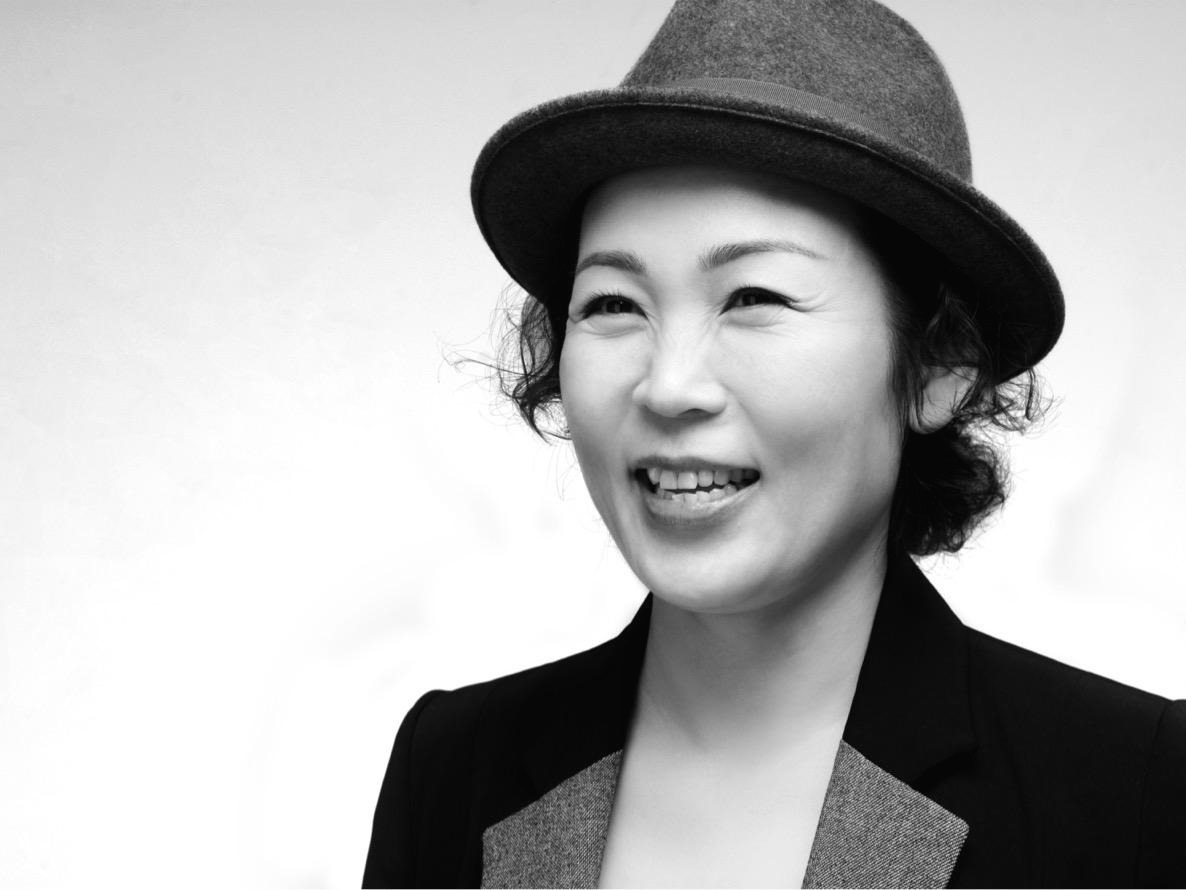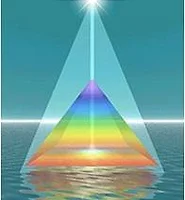|
Human beings have made colored objects since the earliest times, but never in such great quantities as now. In past centuries, colored objects were most often owned by only a few wealthy or powerful people. For ordinary people, color was not available, except as found in the natural world and as seen in churches and cathedrals. Cottages and their furnishings were made of natural materials -- mud, wood, and stone. Homespun cloth usually retained the neutral colors of the original fibers or, if dyed with vegetable dyes, was often quick to soften and fade. For most people, a bit of bright ribbon, a beaded hatband, or a brightly embroidered belt was a treasure to guard and cherish.
인간은 유사 이래로 색을 칠한 물건을 만들어 왔다.
물론 현재의 엄청난 양과는 비교할 수는 없겠지만 말이다. 과거 세기에 색칠한 물건은 대부분 소수의 부와 권력자의 소유였다. 일반인들에게 자연에서 찾을 수 있는 것이나 교회나 대성당에서 볼 수 있는 것들을 제외하고 색은
그저 가까이할 수 없는 먼 대상일 뿐이었다.
집과 세간은 흙과 나무, 돌과 같은 자연이 주는 물질들로 만들었다. 소박한 천은 보통 본래 원재료의 섬유질의 중성적인 색을 지니고 있거나 혹은 식물로 염색한다고 하더라도 그 색이 쉽게 날아가 바래기 일쑤였다.
대부분의 사람에게 약간 밝은 색의 리본,
구슬장식의 모자 띠, 화려하게 자수를 놓은 허리띠는 소중하게 지키고 모셔놓을 보석과 같은 것이었다.
Everywhere we turn, we encounter human-made color: television and movies in color, buildings painted brilliant colors inside and out, flashing colored lights, highway billboards, magazines and books in full color, even newspapers with full-page color displays. Intensely colored fabrics that would have been valued like jewels and reserved for royalty in times past are now available to nearly everyone, wealthy or not. Thus, we have largely lost our former sense of the wondrous specialness of color. Nevertheless, as humans we can't seem to get enough color. No amount seems to be too much -- at least not yet.
우리의 시선이 머무는 그 모든 곳에서 우리는
인간이 만들어 놓은 색과 접한다.
천연색 텔레비전과 영화, 안팎으로 칠하여진
눈부신 색의 건물, 번쩍번쩍 빛나는 천연색 등,
고속도로의 광고판, 총천연색의 잡지와 책, 심지어 신문까지도 천연색으로 도배하다시피 되어 있다.
과거의 왕족과 귀족들에게만 허용되었고
마치 보석처럼 여겨졌던 강렬한 색으로 염색된 옷감들이 이제는 귀천에 상관없이 거의 모든 사람의 향유 물이 되었다. 그래서 우리는 대부분 색의 놀랄만한 특별함에 대한 과거의 감각을 잃어버렸다.
그럼에도 인간으로서 충분한색이라고 하는 것은
없는 것처럼 보인다.
적어도 지금으로선 아무리 과해도 여전히
부족한 듯해 보인다.
But what is all this color for? In the natural world of animals, birds, and plants, color always has a purpose -- to attract, repel, conceal, communicate, warn, or assure survival. For present-day humans, has color even begun to lose its purpose and meaning? Now that we have this huge bulk of manufactured color, is its use mostly indiscriminate? Or is purpose and meaning still subliminally inherent in color as a remnant of our biological heritage? Is the pencil I write with painted yellow for a purpose? Did you choose to wear blue today for a reason?
그렇다면 이 모든 색이 무엇을 위한 것인가?
동물, 새, 그리고 식물의 자연세계에서 색은
항상 어떤 목적을 가진다.
예를 들면 유인하거나 물리치거나 숨기거나 의사소통 하거나 경고하거나 혹은 생존을 보장받기 위한 것 등 소정의 목적이 있다.
현대의 인간들에게 있어서는 색이 그것의 목적과 의미까지도 상실하기 시작한 것인가?
이렇게 엄청난 양의 제조(가공)된 색을 가지고 있으므로 그것의 활용에서 대부분 분별이 사라진 것인가?
또는 색의 목적과 의미가 여전히 인간의 생물학적인 유산의 파편으로 색 속에 무의식적으로 내재해
존재 하는 것인가?
내가 쓰고 있는 연필이 어떤 목적을 위해서 노란색으로 칠하여져 있는 것인가?
오늘 파란색을 입은 것은 어떤 이유가 있었던 것인가?
And what is color? Is it merely, as scientists tells us, a subjective experience, a mental sensation that can only occur if three requirements are fulfilled: that there is an observer, an object, and sufficient light in the narrow band of wavelengths called the "visible spectrum"? It certainly is true that at twilight the world turns to shades of gray. Is the world really colorless, only seeming to become full of color again when we turn the lights on?
그리고 색이란 무엇인가?
과학자들이 말하듯 단순히 관찰자가 있고 대상이 있고 ‘가시적 전파 스펙트럼’이라 불리는 협역의 파장범위 내에 충분한 빛이라고 하는 세 가지 조건만 충족되면
단순히 일어나는 심리적 지각인 주관적 경험에
불과한 것인가?
저물녘에 세계가 잿빛으로 변해가는 것은 자명한 진리이다. 단지 우리가 등을 켤 때 외견상 다시 색으로
가득 차는 것처럼 세계는 진정 무색인가?
If color is a mental sensation, how does it happen? Scientists tell us that when light falls on an object -- for example, an orange -- the surface of the orange has the particular property of absorbing all of the wavelengths of the spectrum except that which, when reflected back to our eyes and processed through the visual system, causes the mental sensation we have named the color "orange". My writing pencil is coated with a chemical substance (paint) that absorbs all the wavelengths except that which, when reflected back to the eyes, is "yellow". Is the orange really orange? Is the pencil really yellow? We cannot know, because we cannot get outside of our own eye/brain/mind system to find out. What we do know is that when the sun goes down, color disappears
만일 색이 심리적 지각현상이라면
그것은 어떻게 일어나는 것일까?
과학자들은 빛이 예를 들면 오렌지라고 하는 대상에
닿을 때 오렌지의 표면은 스펙트럼의 모든 파장을
흡수하는 특별한 자질이 있는데
우리 눈에 돼 반사되어 시각 체계를 통해 처리될 때
‘오랜지’라고 하는 색으로 우리가 명명하는
심리적 지각을 일으키게 한다.
내가 쓰고 있는 연필은 눈에 돼 반사되었을 때
“노랑”인 것을 제외한 모든 파장을 흡수하는
화학적 물질(페인트)로 코팅되어 있다.
그렇다면 오렌지가 진정으로 오렌지 인가?
연필이 진정으로 노란 것인가?
그것을 확인하기 위해 우리 자신들의 눈/뇌/마음 바깥으로 나올 수 없으므로 그것을 알아낼 수는 없다.
우리가 진정 알고 있는 것이라고는
태양이 지면 색이 사라진다는 것뿐이다. |














